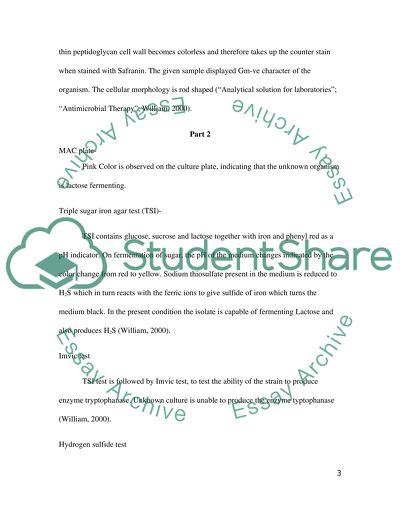Microbiology lab report Example | Topics and Well Written Essays - 750 words. Retrieved from https://studentshare.org/biology/1478673-microbiology-lab-report
Microbiology Lab Report Example | Topics and Well Written Essays - 750 Words. https://studentshare.org/biology/1478673-microbiology-lab-report.


